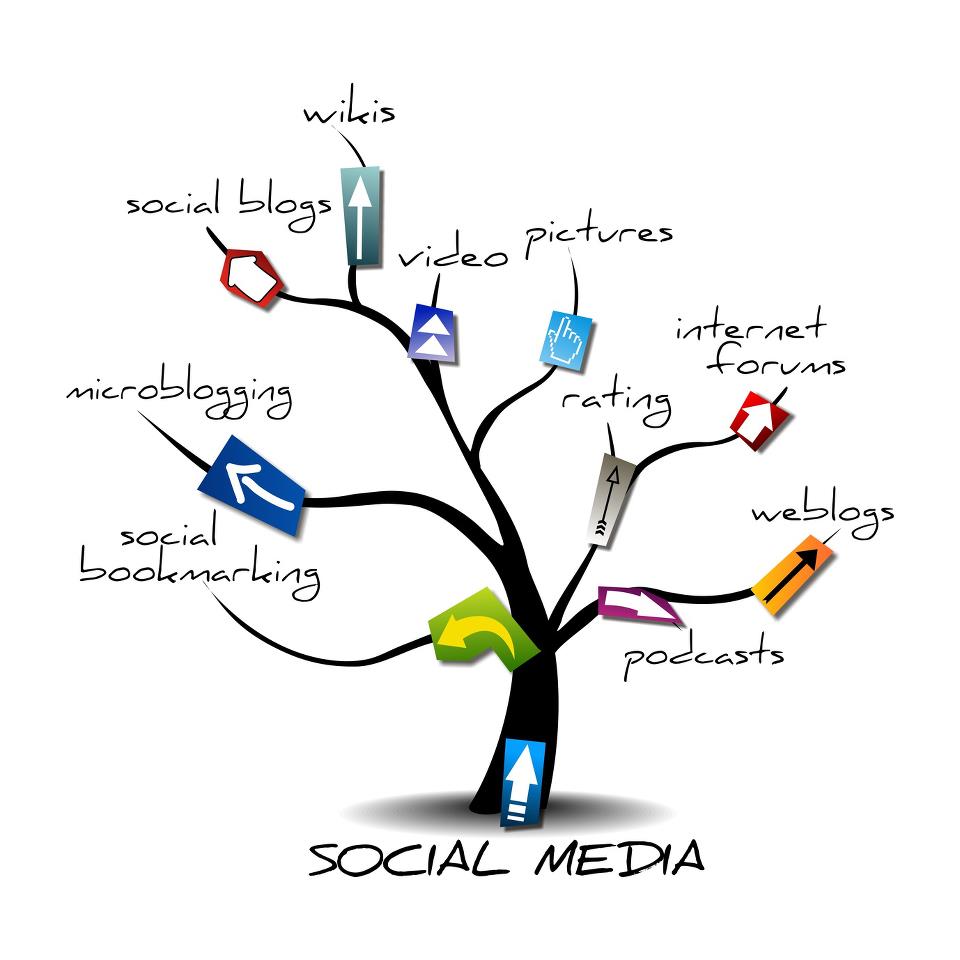One of the first questions we ask clients is “what does media relations success look like to you?”
As you may expect, the answers vary throughout – and with good reason. When it comes to media relations goals, not all strategies are created equal. Why? It’s because clients across the board have different goals, which makes each media strategy highly unique. As we work with clients on their media strategies, we use the following key points to get the planning started:
Media Relations Question #1: Identify Your Target Audience
Whether you are a B2B or B2C company, identifying your target audience should be the first step. Who do you want to connect with? The publications you go after will vary depending on if your desired audience is the C-suite, baby boomers or Gen Z. While top-tier publications such as WSJ, CNBC and USA Today should be a top goal, it’s important to not discount the trade publications.
Trade publications reach a particular audience that may be interested in learning more about your niche or product. As such, it’s important to identify the exact audience you wish to reach in order to move the needle for your business.
Media Relations Question #2: Identify Your Key Conversation
The next question we ask clients is to identify the conversations they would like to own, be a part of and even stay away from. In the world of media relations, thought leadership is key. Companies can drive thought leadership by offering compelling insights that journalists cannot attain anywhere else.
As a best practice, we ask our clients to be highly targeted within their thought leadership approach. As American philosopher Nicholas M. Butler best put it, “an expert is one who knows more and more about less and less.” By identifying their key conversations, clients can highlight their expertise and garner the type of media coverage that will drive positive exposure.
Media Relations Question #3: Identify Your Top Publications & Media Contacts
The final step is to narrow down the journalists and publications your company will build a relationship with. As the term ‘media relations’ infers, thought leaders should build genuine relationships with key media contacts that cover their space.
Receiving an average of 300 media pitches per day, journalists have limited capacity to sift through every email and pitch. As a best practice, we recommend working with our clients to build a list of the top 20 journalists that they will build a relationship with beyond just a single pitch. For example, going beyond the pitch means that our clients will work to actively follow their columns, connect with them on social and whenever possible, meet with them in-person to discuss different industry trends. The more a journalist knows about a company and its thought leaders, the likelier they are to reach out next time they need a source.
Working Toward Meaningful Coverage
Cracking the media relations world can be a tough task without the proper knowledge and direction. However, by working to answer the first initial questions, companies can set the foundation for a strong media relations strategy that drives meaningful coverage. Learn how to drive meaningful coverage for your business by asking these three questions about your media relations strategy.













